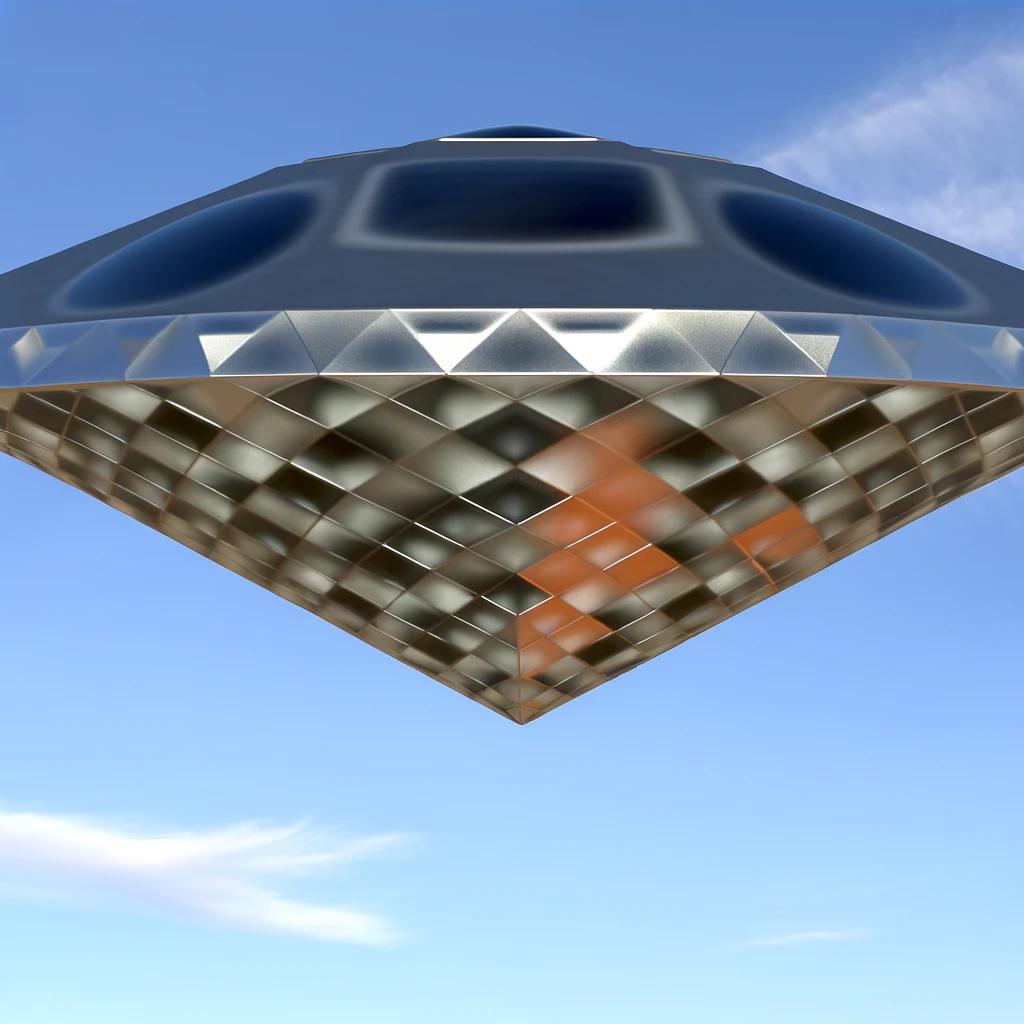Eglin Air Force Base Incident (2023)

In January 2023, an intriguing incident involving a U.S. Air Force pilot and multiple Unidentified Aerial Phenomena (UAP) was first highlighted by Congressman Matt Gaetz, sparking considerable interest and debate. This event was brought into sharper focus when software engineer and UAP researcher Abbas Michael Dharamsey obtained and released documents through the Freedom of Information Act (FOIA), which shed light on the mysterious encounter that occurred over the Gulf of Mexico.
Republican Florida Representative Matt Gaetz shared an intriguing account of an encounter with an unidentified aerial phenomenon (UAP) that reportedly necessitated his attention due to a protected disclosure from Eglin Air Force Base. This disclosure highlighted an incident that prompted Gaetz, alongside Congressman Burchett and Congresswoman Luna, to seek further information. Despite initial resistance, they were eventually granted limited access to evidence and the opportunity to meet with a member of the flight crew involved in the incident.
Eglin Air Force Base is located in the Florida Panhandle, near the city of Valparaiso. Its proximity to the Gulf of Mexico is one of the strategic advantages of this base, allowing for various military operations and testing activities over the Gulf waters. The distance from Eglin Air Force Base to the Gulf of Mexico can vary depending on the specific point of measurement along the coastline. However, the base is approximately just a few miles away from the northern coast of the Gulf of Mexico, with some parts of the Eglin reservation directly bordering the Gulf.
Gaetz’s persistence led to a breakthrough where he and his colleagues were shown an image and managed to converse with one of the flight crew members who captured the photograph. The image presented to them depicted an object that Gaetz could not reconcile with any known human technology, either from the United States or its adversaries. This statement is particularly noteworthy given Gaetz’s extensive experience on the Armed Services Committee and his familiarity with advanced technologies through his oversight of DARPA-related projects.
The narrative continued with a detailed account from the flight crew member, who explained that the encounter occurred during a test mission over the Gulf of Mexico. The crew noticed a formation of four crafts arranged in a diamond shape, an arrangement for which Gaetz claims there is radar evidence that he alone has seen among members of Congress. Upon closer investigation by one of the pilots, a large, orb-like object was observed. This encounter led to a series of equipment malfunctions, including radar and FLIR system failures, compelling the pilot to manually capture an image of the object.
Gaetz’s recounting of this incident adds to the growing discourse on UAPs, highlighting the challenges in accessing and sharing information related to these phenomena. The detailed description of the encounter, the efforts made to investigate it, and the subsequent revelations underscore the complexities and sensitivities involved in dealing with UAP incidents within the context of national security and advanced technology.
According to the declassified information documents, the pilot encountered four UAPs during a test mission, managing to visually confirm and gain radar lock on the first of these objects, which bore a striking resemblance to an Apollo spacecraft in terms of size and shape. This particular UAP featured an illuminated orange-reddish bottom and a top shaped like a three-dimensional cone, composed of gunmetal gray segmented panels. The encounter took a dramatic turn when the pilot, upon nearing the lead UAP within a 4,000-foot range, experienced a radar malfunction that persisted for the remainder of the mission, with subsequent investigations unable to pinpoint the cause of the failure.
This lead UAP is described as resembling an “Apollo spacecraft” in size and shape, featuring an “orange-reddish” illuminated bottom and a top that forms a “three-dimensional cone shape,” composed of “gunmetal gray segmented panels.” The pilot managed to gain radar lock on this object and even obtain a screen capture of it.
The remaining three UAPs, were detected by radar. The document mentions the altitudes of the second and third UAPs, observed at 17,000 and 18,000 feet respectively, while the fourth UAP was lost from radar detection, and no altitude was recorded. No detailed physical descriptions or behaviors for these three UAPs are given, leaving their appearances and specific characteristics largely unspecified.
The documents also included a drawing of the UAP, providing a tangible representation of the pilot’s experience, although it only captured part of the encounter. Furthermore, it was revealed that a video related to the incident was withheld due to national security concerns, marked by its absence in Gaetz’s initial disclosure and leaving open questions about its contents and the full extent of the UAP sighting.
The Eglin Air Force Base January 2023 UAP incident in the Gulf of Mexico, brought to light by Congressman Matt Gaetz and detailed through FOIA documents, emphasizes the difficulty in understanding UAPs, especially when evidence like video is withheld for national security. This event highlights the challenge of deciphering such phenomena without full transparency. Gaetz’s efforts, alongside a flight crew member’s account, reveal a UAP with seemingly advanced technology, evidenced by its unique characteristics and the radar issues it caused.
This situation underscores the barriers in accessing UAP information due to security and procedural concerns, questioning the effectiveness of current methods in investigating UAP incidents that affect military operations. The need for a balanced approach that seeks to understand UAPs while protecting national interests is clear. The ongoing dialogue on this incident reflects the broader quest for a better understanding of UAPs, necessitating a strategy that allows for both investigation and security.


